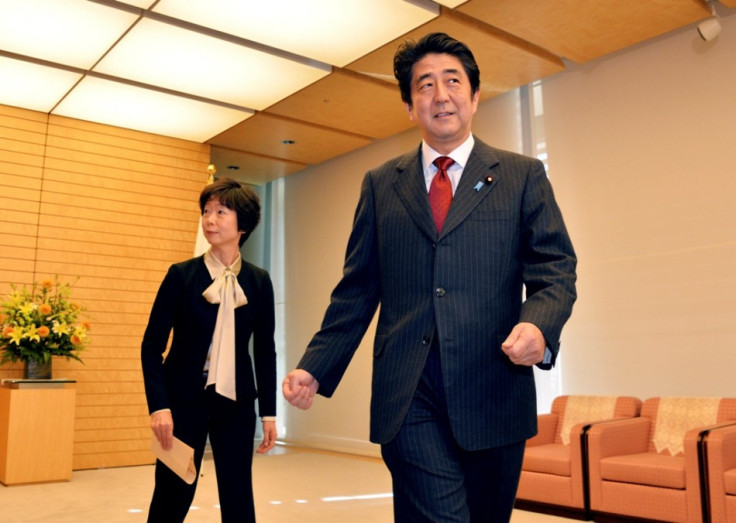Japanese Inflation and Factory Output Data Point To Economic Recovery

Japanese consumer inflation rose to a five-year high and factory output increased for a second consecutive month in October, suggesting that government and central bank efforts to revive the world's third-largest economy were bearing fruit.
The latest consumer price inflation numbers logged their highest reading since the country slipped into deflation 15 years ago.
Meanwhile, the availability of jobs moved up to their highest level in nearly six years, another sign that Japan's economic recovery would sustain into 2014.
The core consumer price index (CPI), which excludes prices of fresh food but includes oil products, rose 0.9% on an annual basis in October, matching estimates. The latest reading marked a fifth successive month of gains, and the biggest year-on-year increase since November 2008.
Excluding fresh food and energy prices, the CPI rose 0.3% on an annual basis in October, the first gain in five years and the fastest increase since August 1998.
Industrial output rose 0.5% month-on-month in October, a second successive monthly gain but was below the market expected 2% increase.
Manufacturers forecast output would increase by 0.9% in November and by 2.1% in December.
In addition, data from the labour ministry showed that the jobs-to-applicants ratio rose more than expected to 0.98 in October, its highest since December 2007. The latest reading suggested there is nearly one job available to every job seeker.
"We expect core inflation to approach 1 percent at the end of this year and then to rise more gradually next year," said Hidenobu Tokuda, economist at Mizuho Research Institute.
"We are making progress toward ending deflation." Tokuda told Reuters.
Success of Abenomics
The International Monetary Fund has applauded Prime Minister Shinzo Abe's 'three arrows' strategy, largely responsible for fuelling Japan's economic recovery.
IMF Asia-Pacific Department Director Anoop Singh said the strategy resulted in "significant capital inflows into Japanese bonds and equity markets, mainly driven by foreign investors".
"Japan's foreign direct investments (FDI) and bank lending to many Asian countries increased significantly, helping counteract concerns about Fed tapering and related capital outflows."
The three arrows strategy, dubbed 'Abenomics', involves aggressive monetary policy, flexible fiscal policies and growth reforms.
Since assuming office at the end of 2012, Abe advocated massive fiscal and monetary easing measures to end deflation and boost economic growth.
He and the Bank of Japan, led by Harushiko Kuroda, unveiled a series of stimulus measures that attracted global attention due to their large sizes.
While Abenomics contributed to economic growth in terms of industrial output, employment, inflation and workers' income, some analysts argued that the benefits of the measures may not be sustainable.
They said the measures alone would not prompt more corporate investment and wages in the absence of structural reforms such as tax cuts and labour reforms.
© Copyright IBTimes 2025. All rights reserved.






















